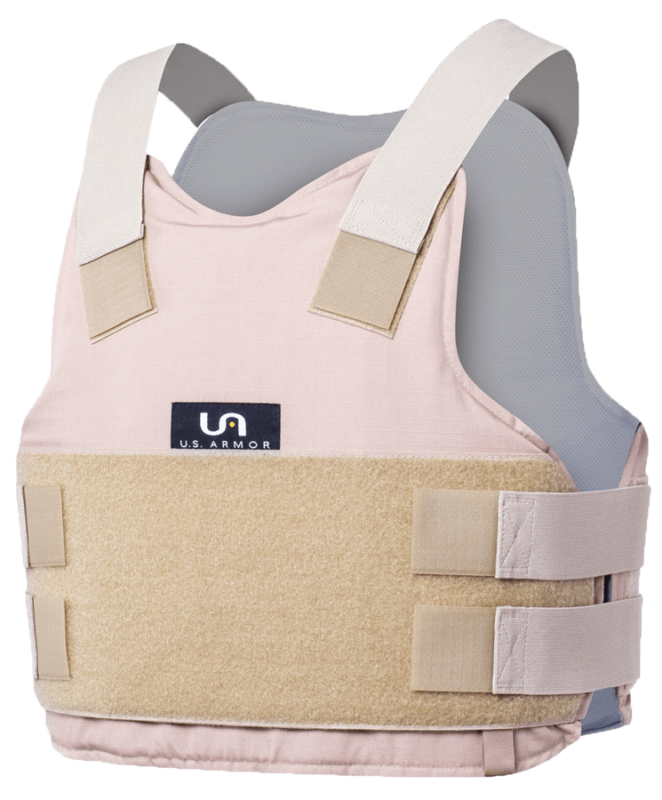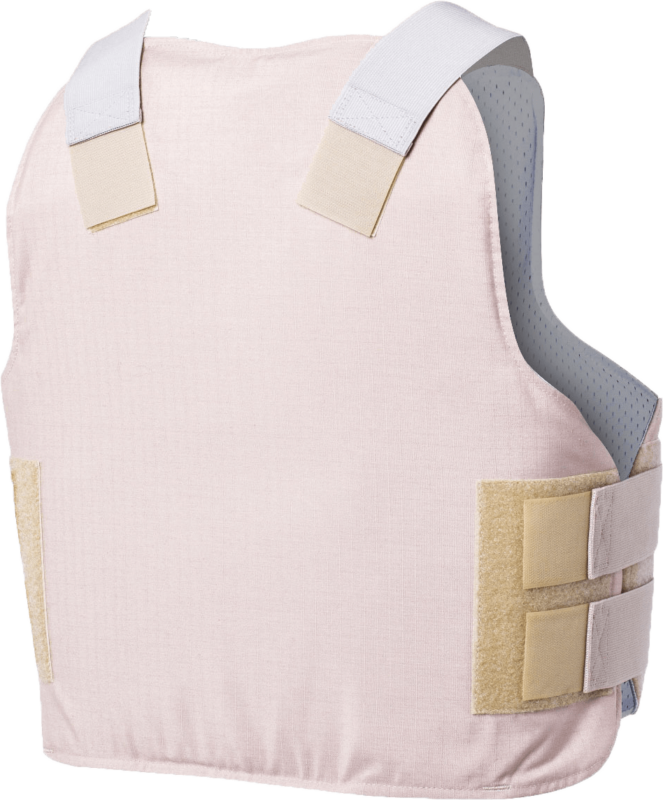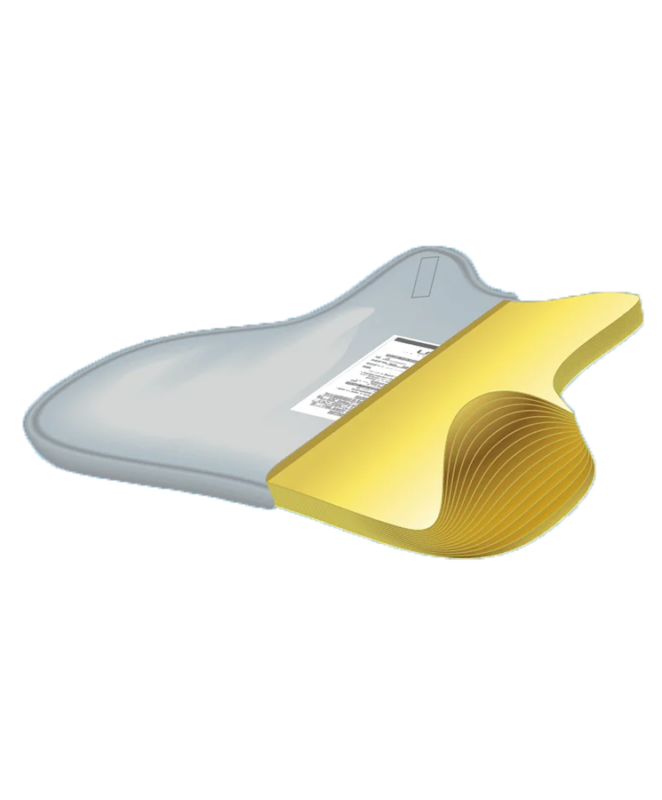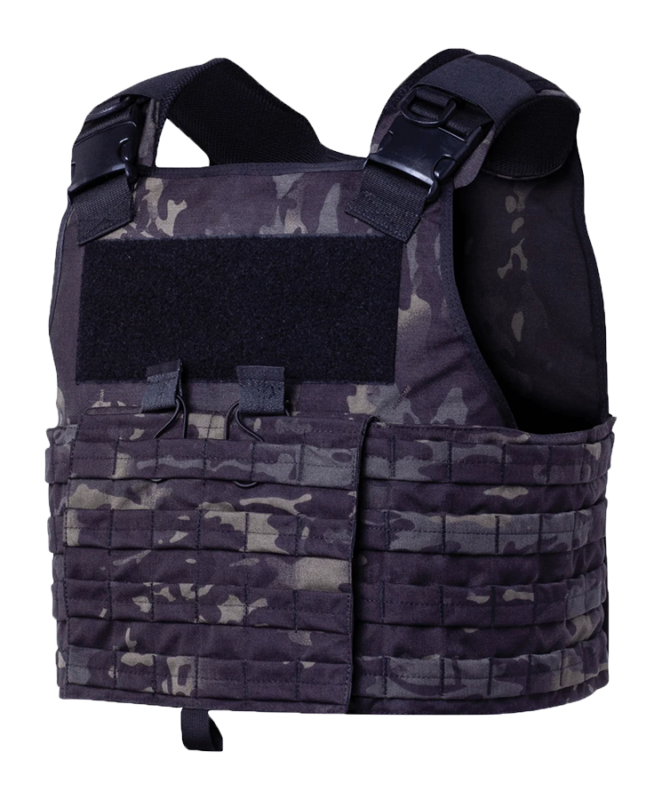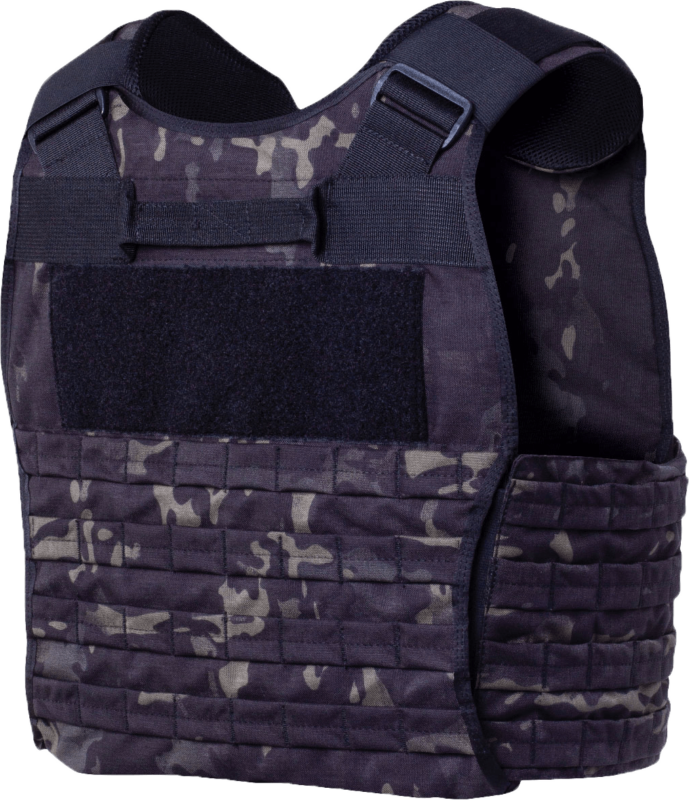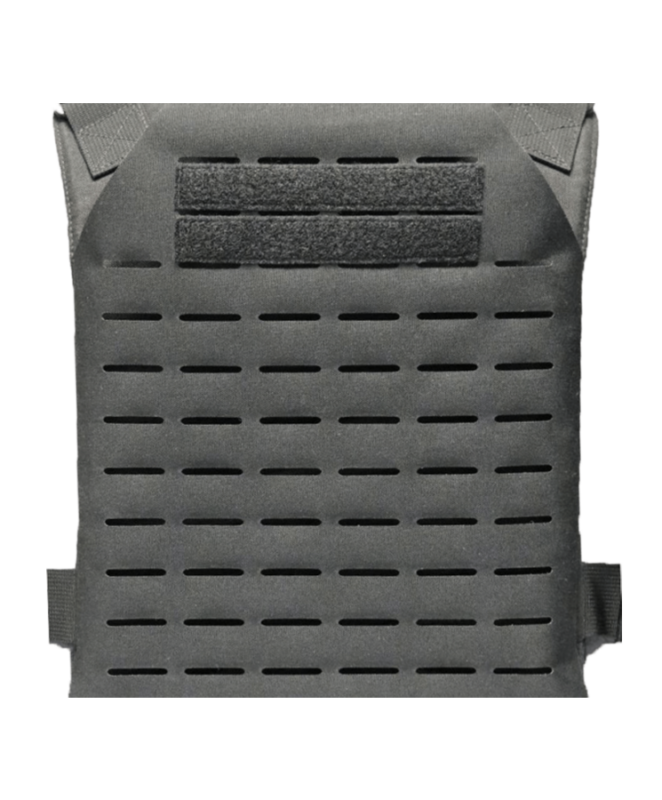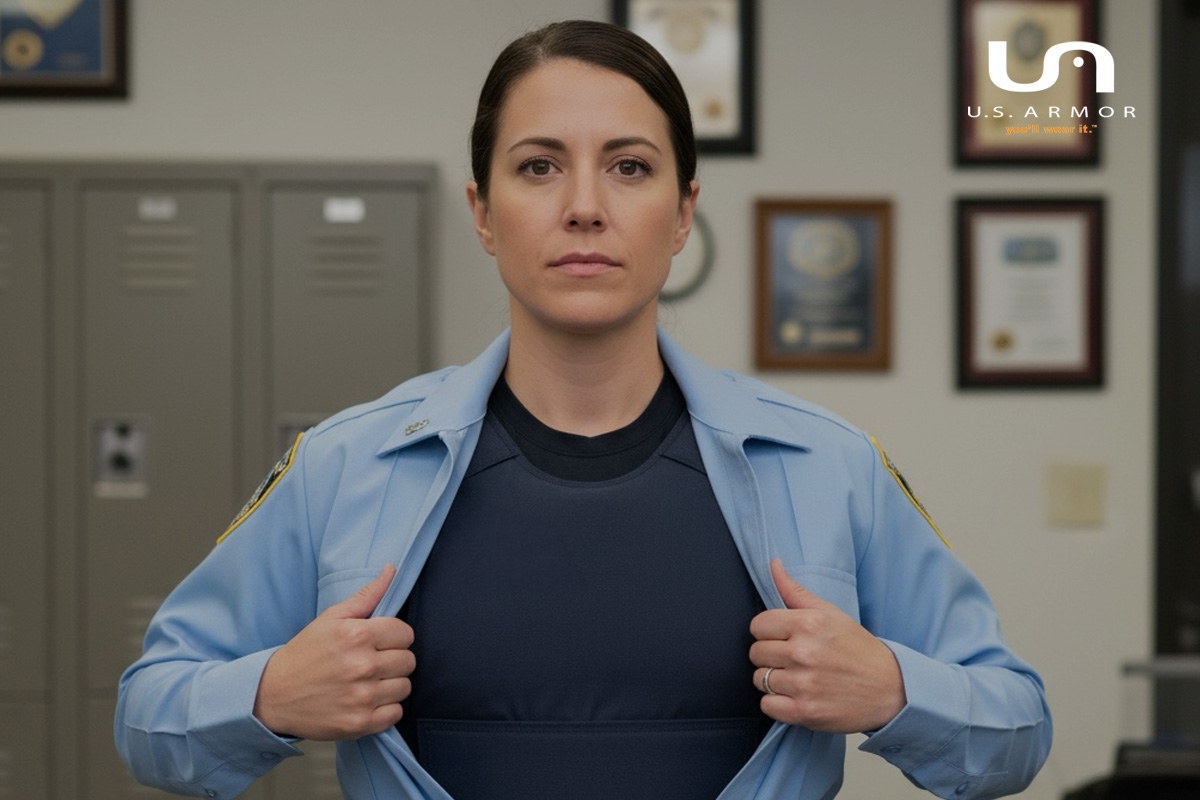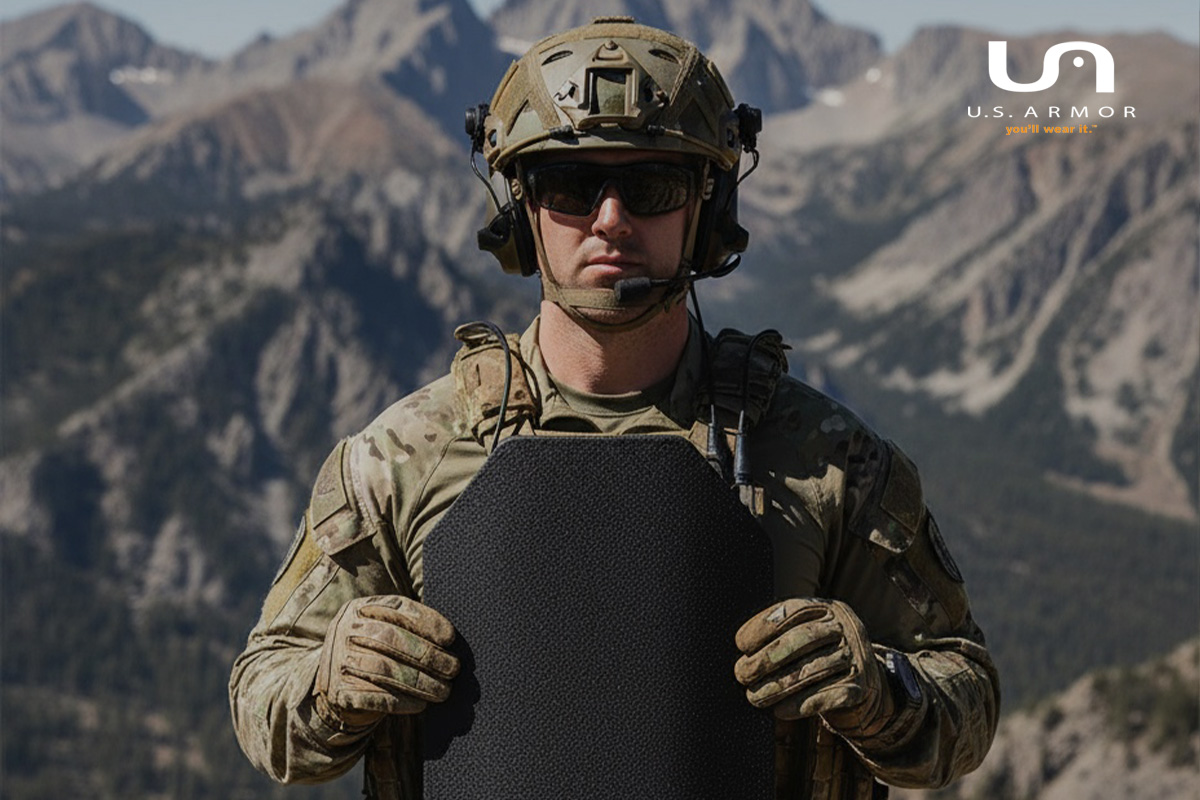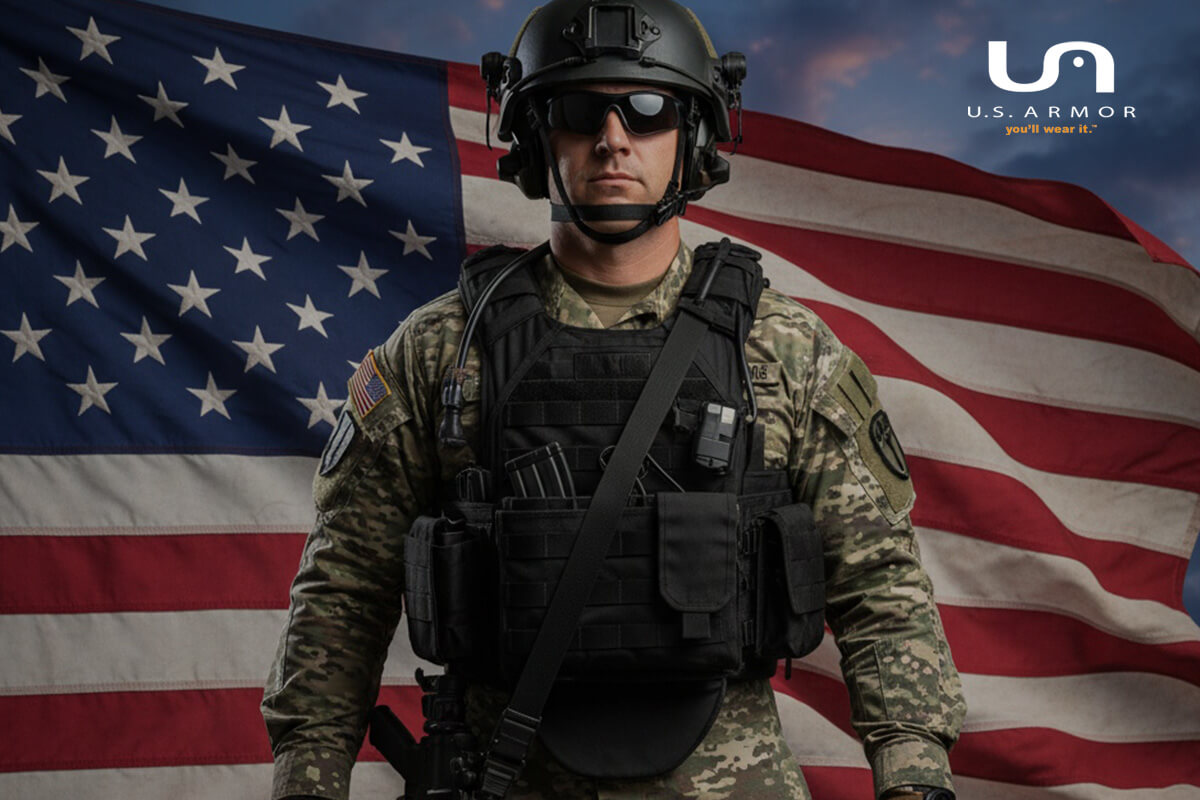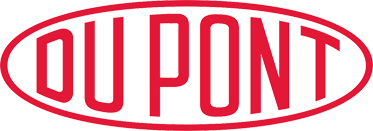Body Armor Maintenance Guide: Extending Protection Life and Performance
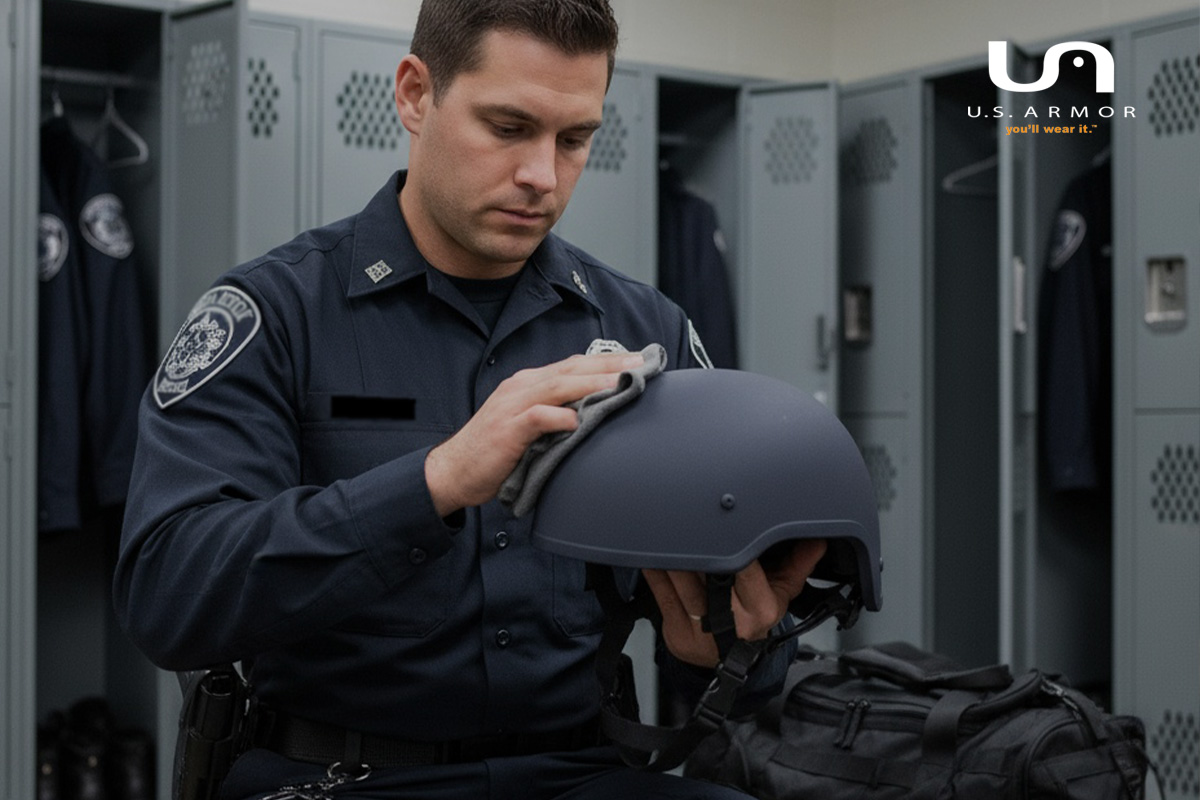
Body armor represents one of the most critical pieces of equipment for law enforcement officers and military personnel—but even the highest-quality ballistic protection loses effectiveness without proper maintenance. Understanding body armor maintenance protocols ensures your protection performs when your life depends on it.
Proper care can significantly extend armor life — field experience suggests extensions of 20–30% or more under ideal conditions, though results vary by material and use. This comprehensive guide provides equipment managers, officers, and military personnel with the knowledge needed to properly inspect, clean, store, and maintain body armor systems for maximum service life and reliable protection.
Before diving into maintenance best practices, it’s important to understand the different types of body armor and their specific care requirements. For a comprehensive overview of body armor types and protection levels, visit our complete body armor guide.
Why Body Armor Maintenance is Critical for Life-Saving Performance
Body armor maintenance isn’t just about extending equipment life—it’s about ensuring ballistic protection performs as designed when facing life-threatening situations. Several critical factors make proper maintenance essential:
Material Degradation Over Time:
Ballistic fibers in soft body armor degrade naturally through environmental exposure, even without visible damage. Ultraviolet light, moisture, body oils, and temperature fluctuations all compromise fiber strength over time. Without proper maintenance and timely replacement, armor may fail to stop threats it was originally certified to defeat.
Hidden Damage Detection:
Many forms of armor damage aren’t immediately visible. Delamination in soft armor panels, micro-cracks in ceramic plates, and structural compromise from impacts can all reduce protection without obvious external signs. Regular inspection protocols identify these hidden issues before they become critical failures.
Warranty and Liability Protection:
Manufacturers provide warranties based on proper care and maintenance. Agencies that fail to follow maintenance protocols may void warranties and face liability issues if armor fails. Documented maintenance programs demonstrate due diligence in protecting personnel.
Budget Optimization:
Proper body armor maintenance extends service life, maximizing return on investment. A vest that could last seven years with proper care might need replacement in four years if neglected. For agencies equipping dozens or hundreds of personnel, this difference represents significant budget impact.
Officer Confidence:
Personnel who know their armor is properly maintained and inspected wear it with confidence. This psychological factor affects both compliance rates and operational performance. Conversely, concerns about armor condition can distract officers during critical situations.
The bottom line: Proper maintenance directly impacts body armor effectiveness and protection performance in real-world scenarios. Body armor maintenance is a life-safety issue that demands the same attention as firearms maintenance, vehicle upkeep, and other critical equipment protocols.
Daily Body Armor Inspection Checklist
Daily inspection takes only minutes but identifies issues before they compromise protection. Equipment managers should train all personnel on this basic body armor maintenance protocol:
Visual Inspection Before Each Shift:
Carrier Examination:
- Check all straps, buckles, and fasteners for wear, fraying, or damage
- Inspect seams for separation or loose stitching
- Look for tears, punctures, or excessive wear in carrier fabric
- Verify all adjustment mechanisms function properly
- Check for unusual odors indicating mold or bacterial growth
Ballistic Panel Check (if accessible):
- Ensure panels are properly seated in carrier pockets
- Verify no bunching, folding, or displacement of panels
- Check panel edges for fraying or separation
- Look for any deformation or unusual stiffness
- Confirm trauma plates (if used) are correctly positioned
Hard Plate Inspection (if applicable):
- Examine plate surfaces for cracks, chips, or delamination
- Check edges and corners for damage
- Verify plates are correctly oriented and seated in carrier
- Ensure plate protective covers show no tears or openings
Fit and Comfort Assessment:
- Don the armor and verify proper fit
- Check that coverage extends to appropriate areas
- Ensure armor doesn’t restrict breathing or movement excessively
- Verify no uncomfortable pressure points or binding
Documentation:
For agency-issued armor, maintain inspection logs documenting daily checks. Note any concerns, even minor ones, to establish patterns that might indicate developing issues. This documentation proves valuable for warranty claims and liability protection.
If any inspection reveals damage, unusual wear, or concerns about armor integrity, remove the equipment from service immediately and report to supervisors or equipment managers for professional evaluation.
How to Clean Body Armor: Soft Armor and Carriers
Proper cleaning is essential body armor maintenance that extends service life and maintains hygiene. However, incorrect cleaning methods can damage ballistic materials and compromise protection.
Carrier Cleaning Protocols:
Most armor carriers are machine washable, but always verify manufacturer specifications first. General carrier cleaning guidelines:
Preparation:
- Always remove all ballistic panels and plates before cleaning
- Close all hook-and-loop fasteners to prevent snagging
- Check pockets for debris or forgotten items
- Pre-treat any visible stains with mild detergent
Washing:
- Use cold or lukewarm water (never hot water)
- Select gentle cycle with mild, non-biological detergent
- Avoid bleach, fabric softeners, or harsh chemicals
- Wash carriers separately or with similar items only
Drying:
- Air dry completely—never use machine dryers
- Hang in well-ventilated area away from direct sunlight
- Avoid heat sources like radiators or forced-air heaters
- Ensure complete drying before reinserting ballistic panels
Frequency: Clean carriers every 1-2 weeks with daily wear, or whenever visibly soiled or odorous. Regular cleaning prevents bacterial growth and extends carrier life.
Soft Armor Panel Cleaning:
Proper concealable armor carrier care is essential for officers wearing armor daily under uniforms. Ballistic panels require different care than carriers. Critical rules for soft armor panel maintenance:
Never machine wash ballistic panels. Water immersion and agitation can damage fiber structure and compromise ballistic performance.
Spot cleaning only:
- Use damp (not wet) cloth with mild soap solution
- Gently blot stains—never scrub or rub aggressively
- Allow panels to air dry completely before reinserting in carrier
- Never apply chemicals, solvents, or stain removers directly to panels
Odor management:
- Air panels regularly by removing from carrier overnight
- Use moisture-absorbing products in storage areas
- Consider panel deodorizing sprays specifically designed for body armor
- If odor persists despite cleaning, consult manufacturer about professional cleaning services
Important: Some manufacturers offer professional cleaning services for ballistic panels. This option is preferable to attempting deep cleaning yourself, as improper methods can void warranties and compromise protection. All U.S. Armor soft body armor and ballistic vests come with detailed care instructions to maintain protection.
Hard Armor Plate Care and Storage Guidelines
Hard armor plates are more durable than soft armor but still require proper body armor maintenance to ensure reliable performance. Different armor plate materials require specific care protocols to maintain ballistic integrity.
Handling Protocols:
Ceramic and composite plates can suffer internal damage from impacts that leave no visible marks:
- Always handle plates carefully—avoid dropping or striking against hard surfaces
- When removing plates from carriers, support the entire plate rather than grasping edges
- Never use plates as improvised work surfaces or supports
- Avoid stacking plates directly on each other without protective padding
- If a plate is dropped from height, inspect carefully and consider replacement
Cleaning Hard Plates:
Plate cleaning is straightforward but important:
- Wipe exterior surfaces with damp cloth to remove dirt and debris
- Use mild soap solution for stubborn residue
- Dry thoroughly before returning to carrier or storage
- Inspect protective covers and replace if damaged
- Never submerge plates or use high-pressure water
Plate Carrier Maintenance:
Clean plate carriers following the same protocols as soft armor carriers. Pay particular attention to:
- Plate pocket integrity—tears or worn areas that might allow plate movement
- Retention systems ensuring plates stay properly positioned
- Weight-bearing straps and attachment points subject to high stress
Storage Considerations:
Proper storage protects plates from environmental damage:
- Store plates flat or standing on edge—never at angles that create stress points
- Maintain stable temperature and humidity in storage areas
- Protect from extreme temperature fluctuations
- Keep away from chemicals, solvents, and petroleum products
- Store in protective covers or cases to prevent impact damage
- Avoid prolonged storage in vehicles where temperature extremes occur
Inspection Schedule:
Inspect hard plates quarterly for:
- Surface cracks, chips, or delamination
- Edge and corner damage
- Deformation or warping
- Coating or covering deterioration
- Any changes in weight or feel that might indicate internal damage
Document all inspections and immediately remove damaged plates from service.
Body Armor Storage: Environmental Factors That Affect Protection
Storage environment significantly impacts armor lifespan. Proper body armor maintenance includes controlling environmental exposure. Understanding the differences between soft armor and hard plates helps you plan replacement schedules.
Temperature Control:
Extreme temperatures degrade ballistic materials:
Heat exposure: Temperatures above 150°F can damage aramid fibers and adhesives in soft armor. Never store armor in vehicle trunks during summer, near heating systems, or in attics. Heat accelerates fiber degradation and can cause delamination.
Cold exposure: While less damaging than heat, extreme cold can make materials brittle. Avoid storage in unheated spaces subject to freezing temperatures.
Temperature fluctuations: Repeated cycling between temperature extremes causes expansion and contraction that stresses materials. Maintain stable storage temperatures between 50-80°F.
Humidity Management:
Moisture is a primary enemy of body armor:
- High humidity: Promotes mold growth, accelerates fiber degradation, and can cause delamination. Maintain storage humidity below 60%.
- Direct moisture: Never store damp or wet armor. Always ensure complete drying before storage.
- Condensation: Avoid storage in areas prone to condensation like basements or garages with poor ventilation.
- Solutions: Use dehumidifiers in storage areas, moisture-absorbing products in lockers, and ensure good air circulation.
Light Exposure:
Ultraviolet light degrades aramid fibers:
- Store armor away from windows and direct sunlight
- Avoid prolonged exposure to fluorescent lighting
- Keep ballistic panels in carriers or protective covers when not in use
- Dark storage areas are preferable to well-lit spaces
Chemical Exposure:
Various chemicals damage ballistic materials:
- Store away from cleaning supplies, solvents, and petroleum products
- Avoid areas where vehicle exhaust or industrial chemicals are present
- Never store armor near batteries or battery charging stations (acid fumes)
- Keep away from pest control chemicals and aerosols
Physical Storage Methods:
Soft armor: Store flat or hanging—never folded or compressed. Folding creates stress lines that weaken fibers. Use wide hangers that distribute weight evenly, or store flat in drawers or on shelves.
Hard plates: Store flat or on edge in protective cases. Ensure plates cannot fall or be struck by other equipment.
Lockers and storage areas: Ensure adequate ventilation to prevent moisture buildup. Perforated lockers are preferable to solid doors. Consider small ventilation fans in enclosed storage areas.
Vehicle Storage:
Many officers store backup armor in patrol vehicles. This is acceptable for short-term tactical deployment but problematic for long-term storage due to temperature extremes. If vehicle storage is necessary:
- Use insulated storage containers to moderate temperature
- Rotate equipment regularly to limit exposure duration
- Inspect vehicle-stored armor more frequently
- Consider this armor to have reduced service life compared to properly stored equipment
When to Replace Body Armor: Signs of Wear and Degradation
Even well-maintained armor must be replaced when it no longer provides proper body armor fit or shows degradation. Knowing when body armor maintenance is no longer sufficient and replacement is necessary is critical for personnel safety.
Soft Body Armor Replacement Indicators:
Visible damage:
- Tears, cuts, or punctures in ballistic panels
- Fraying or separation at panel edges
- Delamination (layers separating within panel)
- Ballistic material visible through carrier fabric
- Burns, chemical stains, or discoloration
Structural changes:
- Unusual stiffness or flexibility compared to original condition
- Warping, buckling, or deformation
- Lumps, bumps, or inconsistent thickness
- Creasing that doesn’t flatten when laid flat
Environmental exposure:
- Submersion in water (especially salt water)
- Exposure to chemicals, solvents, or petroleum products
- Fire or extreme heat exposure
- Mold or mildew growth that cannot be completely removed
Age-based replacement:
- Manufacturer expiration date reached (typically 5-7 years)
- Warranty period expired
- Agency policy replacement schedule reached
Hard Armor Plate Replacement Indicators:
Visible damage:
- Cracks visible on plate surface
- Chips or gouges, especially at edges or corners
- Delamination or separation of layers
- Coating or covering damage exposing core material
Impact history:
- Any plate that stopped a ballistic threat must be replaced immediately
- Plates dropped from significant height should be replaced or professionally inspected
- Plates subjected to vehicle accidents or other major impacts require replacement
Structural changes:
- Warping or bending
- Changes in weight or feel
- Rattling sounds indicating internal damage
- Unusual flexibility in rigid plates
When in Doubt, Replace:
Body armor is life-safety equipment. If there’s any question about armor integrity, err on the side of caution and replace it. The cost of replacement is insignificant compared to the value of the life it protects.
Body Armor Lifespan: Expected Service Life by Type
Understanding expected service life helps agencies plan replacement schedules and budget appropriately for body armor maintenance and replacement programs.
Soft Body Armor Service Life:
Manufacturer warranty period: Most soft armor carries a 5-year warranty from date of manufacture. Some advanced materials extend this to 7 years. This warranty period represents the manufacturer’s confidence in ballistic performance under proper care conditions.
Factors affecting lifespan:
- Wear frequency: Daily wear reduces lifespan compared to occasional use
- Environmental exposure: Hot, humid climates accelerate degradation
- Body chemistry: Individual perspiration acidity affects fiber degradation rates
- Maintenance quality: Proper care extends life; neglect shortens it
- Storage conditions: Proper storage significantly extends service life
Realistic expectations:
- Daily patrol wear with proper maintenance: 5-6 years
- Occasional tactical use with proper storage: 7-8 years
- Daily wear in harsh conditions: 4-5 years
- Poor maintenance or storage: 3-4 years
Agency replacement policies: Many agencies implement 5-year mandatory replacement regardless of apparent condition, ensuring armor is replaced before degradation compromises protection.
Hard Armor Plate Service Life:
No predetermined expiration: Unlike soft armor, hard plates don’t have manufacturer-specified expiration dates. Plates remain effective until physically damaged.
Expected lifespan:
- Ceramic plates with proper care: 10-15 years or longer
- Steel plates: 15-20 years or longer
- Polyethylene plates: 10-15 years
Factors affecting plate life:
- Impact history (drops, accidents, ballistic impacts)
- Storage conditions (temperature, humidity, handling)
- Frequency of use and handling
- Quality of protective covers and carriers
Practical considerations: While plates may remain ballistically effective for decades, carriers and retention systems wear out faster. Budget for carrier replacement every 5-7 years even if plates remain serviceable.
Carrier and Accessory Lifespan:
- Armor carriers with daily use: 3-5 years
- Plate carriers with tactical use: 5-7 years
- Straps, buckles, and fasteners: Inspect annually, replace as needed
- Trauma pads: 3-5 years or per manufacturer specification
Common Body Armor Maintenance Mistakes to Avoid
Even well-intentioned personnel can damage armor through common body armor maintenance errors. Avoiding these mistakes protects your investment and your life.
Washing Ballistic Panels:
The most common and damaging mistake is machine washing ballistic panels. Water immersion and agitation damage fiber structure and can cause delamination. Always remove panels before washing carriers. If panels require cleaning beyond spot treatment, consult manufacturer about professional cleaning services.
Heat Exposure:
Using machine dryers, leaving armor in hot vehicles, or storing near heat sources accelerates degradation. Heat is one of the primary enemies of ballistic fibers. Always air dry carriers and maintain moderate storage temperatures.
Folding or Creasing Armor:
Folding soft armor panels creates stress lines that weaken fibers. Never fold armor for storage or transport. If space is limited, roll armor loosely rather than folding, though flat storage is always preferable.
Using Harsh Chemicals:
Bleach, strong detergents, solvents, and stain removers can damage both carriers and ballistic materials. Use only mild, non-biological detergents and avoid direct chemical contact with ballistic panels.
Ignoring Minor Damage:
Small tears, fraying, or wear spots often worsen rapidly. Addressing minor issues immediately prevents them from becoming critical failures. Never dismiss seemingly minor damage as insignificant.
Improper Storage:
Storing armor in vehicle trunks, damp basements, or areas with temperature extremes significantly reduces service life. Invest in proper storage facilities with controlled environment.
Skipping Inspections:
Regular inspection is the foundation of body armor maintenance. Skipping daily checks and periodic detailed inspections allows damage to go undetected until it’s critical. Implement and follow consistent inspection schedules.
Extending Use Beyond Warranty:
Continuing to use soft armor beyond manufacturer warranty periods is a dangerous gamble. Fiber degradation occurs even without visible signs. Replace armor on schedule regardless of apparent condition.
Inadequate Documentation:
Failing to document issue dates, inspections, and maintenance creates problems for warranty claims and makes it difficult to track when replacement is due. Maintain thorough records for all armor equipment.
DIY Repairs:
Attempting to repair damaged armor with tape, stitching, or adhesives compromises ballistic performance and voids warranties. Damaged armor must be professionally evaluated or replaced—never field-repaired.
Sharing Armor:
Body armor should be individually fitted and issued. Sharing armor between personnel of different sizes compromises fit and protection. It also makes tracking maintenance history and replacement schedules difficult.
Professional Body Armor Inspection: What to Expect
While daily user inspections are essential, periodic professional inspection by qualified technicians provides additional assurance of armor integrity.
When Professional Inspection is Recommended:
- Annually for all armor in service
- After any incident involving the armor (impacts, submersion, chemical exposure)
- When damage is suspected but not clearly visible
- Before returning armor to service after extended storage
- When armor approaches warranty expiration
Professional Inspection Process:
Documentation review: Technicians examine maintenance records, issue dates, and incident history to understand armor background.
Visual examination: Detailed inspection of carriers, panels, plates, and all components using proper lighting and magnification when necessary.
Physical assessment: Careful handling to detect delamination, deformation, or structural changes not visible externally.
Fit verification: Ensuring armor still fits properly and provides appropriate coverage for the assigned user.
Component testing: Checking all straps, buckles, fasteners, and retention systems for proper function.
Environmental damage assessment: Looking for signs of heat, moisture, chemical, or UV damage.
Certification and documentation: Providing written assessment of armor condition and recommendations for continued service or replacement.
Manufacturer Inspection Services:
Many body armor manufacturers, including U.S. Armor, offer professional inspection services. These manufacturer inspections provide several advantages:
- Technicians trained specifically on that manufacturer’s products
- Access to detailed specifications and testing protocols
- Ability to verify warranty status and coverage
- Documentation accepted for liability and compliance purposes
- Recommendations based on extensive experience with product performance
Inspection Costs vs. Value:
Professional inspection typically costs $50-150 per armor system—a small investment compared to replacement costs of $500-1,200. More importantly, inspection provides confidence that armor will perform when needed, a value that cannot be quantified.
BSII+2 Multi Threat Vest (NIJ .05)
Enforcer 3000 Series Model 3316 – NIJ 0101.06 – Level IIIA
ERPC G2 – Extended Rifle Plate Carrier
LPC – Lightweight Plate Carrier
U.S. Armor's Quality Assurance and Maintenance Support
Since 1986, U.S. Armor Corporation has not only manufactured superior ballistic protection but also supported customers throughout the entire armor lifecycle with comprehensive maintenance guidance and services.
Manufacturing Quality That Reduces Maintenance Burden:
U.S. Armor’s commitment to quality begins in manufacturing, creating products that maintain performance throughout their service life:
- Premium materials selected for durability and longevity
- Advanced construction techniques that resist delamination and degradation
- Rigorous quality control ensuring every product meets exacting standards
- Carriers designed for easy maintenance and cleaning
- Protective features that shield ballistic materials from environmental exposure
Comprehensive Maintenance Documentation:
Every U.S. Armor product includes detailed care instructions covering:
- Daily inspection protocols
- Cleaning procedures for carriers and ballistic components
- Storage recommendations
- Replacement indicators
- Warranty terms and conditions
Customer Support Services:
U.S. Armor provides ongoing support to help customers maximize armor performance and lifespan:
- Technical consultation: Expert guidance on maintenance questions and concerns
- Inspection services: Professional evaluation of armor condition and serviceability
- Training resources: Materials for training personnel on proper body armor maintenance
- Replacement planning: Assistance developing agency replacement schedules and budgets
- Warranty support: Straightforward warranty claims process for defective products
Agency Program Support:
For law enforcement agencies and military units, U.S. Armor offers program-level support:
- Customized maintenance protocols for specific operational environments
- Bulk inspection services for large equipment inventories
- Replacement cycle planning and budgeting assistance
- Training for equipment managers and supervisors
- Documentation systems for tracking armor lifecycle
Commitment to Long-Term Protection:
U.S. Armor understands that selling body armor is just the beginning of our relationship with customers. Our products have saved hundreds of lives over nearly four decades because they’re not only expertly manufactured but also properly maintained throughout their service life.
We’re committed to ensuring every officer and service member who depends on U.S. Armor receives the support needed to keep that protection performing at the highest level, day after day, year after year.
Protecting Those Who Protect Others
Maintaining your body armor properly ensures it provides reliable protection when you need it most. For more information on choosing the right body armor, understanding NIJ protection levels, and proper fitting techniques, explore our comprehensive body armor guide.
U.S. Armor stands ready to support your body armor maintenance program with expert guidance, professional services, and the highest-quality ballistic protection available. Contact us to discuss your maintenance needs or to learn more about how our products and services can enhance your personnel protection program.
FAQs: Body Armor Maintenance & Lifespan
How long does body armor last with proper maintenance?
Soft body armor typically lasts 5–7 years, while hard armor plates can last 10–20 years depending on the material. Properly maintained armor lasts up to 30% longer than armor that’s neglected. Regular cleaning, inspection, and correct storage significantly extend protective performance and service life.
How often should I inspect my body armor?
Conduct a quick visual inspection before every shift to check for tears, fraying, cracks, or signs of delamination. In addition, schedule quarterly professional inspections to detect hidden damage that may not be visible during daily checks.
What’s the safest way to clean a ballistic vest?
Always remove ballistic panels before washing the carrier. Machine wash only the carrier with mild detergent in cold or lukewarm water, and air dry completely. Never submerge or machine-wash ballistic panels — instead, spot clean gently with a damp cloth and mild soap.
Can I store body armor in my vehicle?
Long-term vehicle storage is not recommended due to extreme temperature fluctuations that can degrade ballistic fibers and adhesives. If temporary vehicle storage is necessary, use insulated cases and inspect the armor more frequently for early signs of wear.
When should body armor be replaced even if it looks fine?
Replace soft armor when it reaches the manufacturer’s expiration date (usually 5 years) or if it’s been exposed to heat, moisture, chemicals, or ballistic impact. Hard plates should be replaced after any drop, impact, or if cracks or delamination are found — even if they appear minor.
How can I make my armor last longer?
Follow a strict body armor maintenance routine: clean carriers regularly, store armor flat in cool, dry areas, avoid folding panels, and keep records of inspections. Consistent maintenance not only extends lifespan but also preserves ballistic integrity and warranty coverage.
